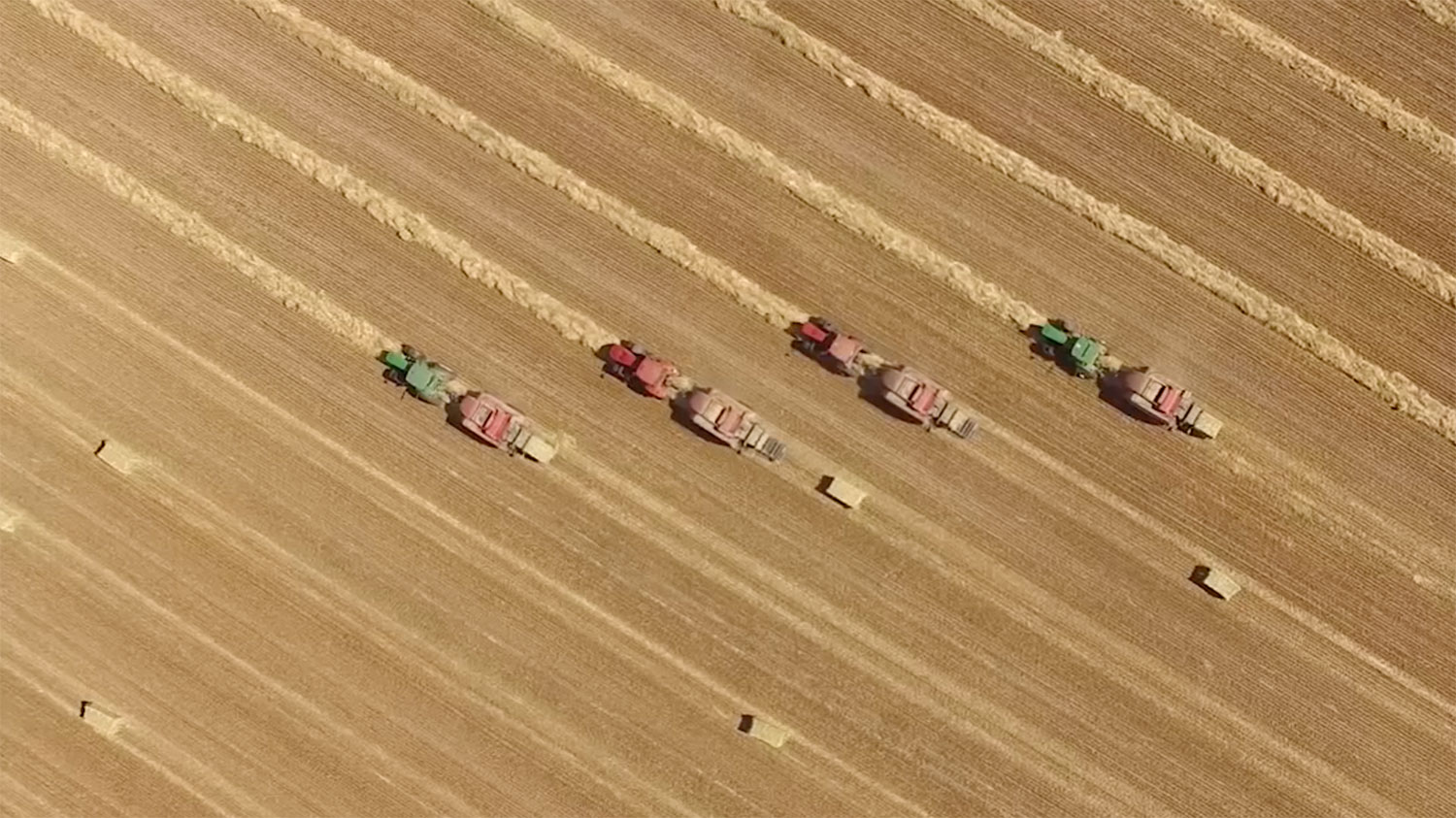Investment in research development and extension (RD&E) activities that harness leading edge technologies to develop competitive advantage in export fodder markets is the key focus of the AgriFutures™ Export Fodder Program.
The latest project, worth $2.2 million, is set to have industry-wide benefits across producing regions and processing and assist the industry continue to expand its reach globally and domestically.
AgriFutures Australia Program Manager, Research and Innovation, John Smith said the new four-year project will address knowledge gaps in Australian export fodder agronomy and pathology.
“It’s a significant project that will focus on hay variety responses to changes in sowing date and nutrition on hay quality, disease impact, management intervention, and how these factors impact on return,” said Mr Smith.
“The project will work across all Australian producing areas, offering variety specific management information which will enable producers to increase productivity, improve fodder quality and reduce production risk.”
Project lead and Oat Research Agronomist, Georgie Troup from the WA Department of Primary Industries and Regional Development (DPIRD), is looking forward to providing growers with the support they need to enable them to increase the likelihood of meeting export quality demands.
“Producers can expect variety selection and nutrition advice, updated disease management guidelines and tools to better manage crops,” explained Ms Troup.
“There will be trials located in WA, SA, Victoria and NSW, and we will be working with grower groups in key hay growing regions to tackle regionally specific issues affecting export fodder production.










